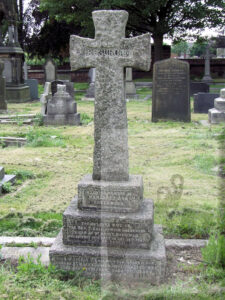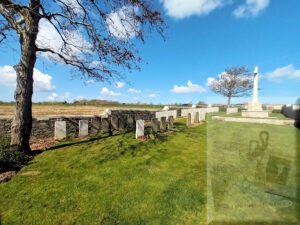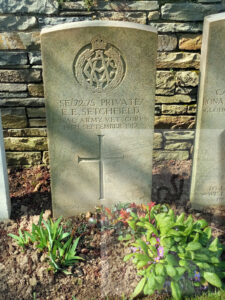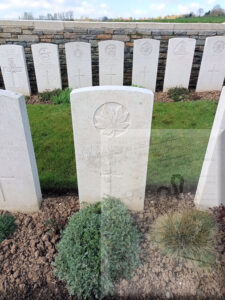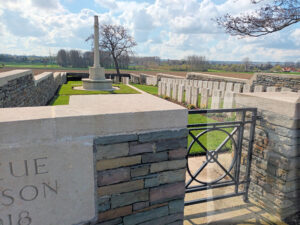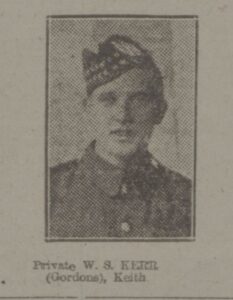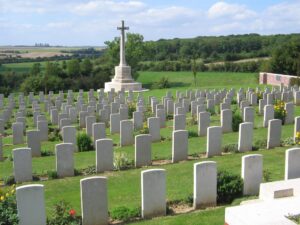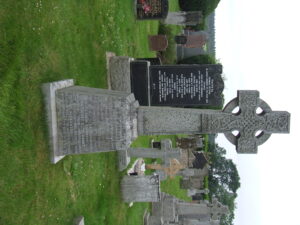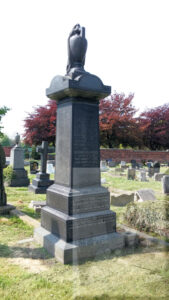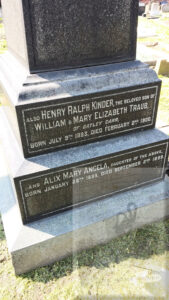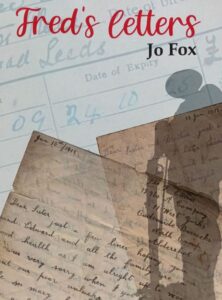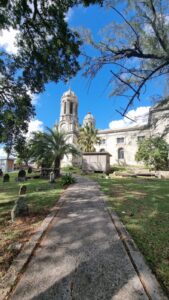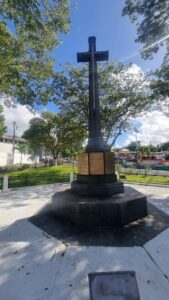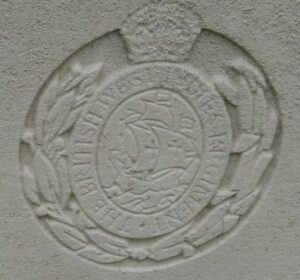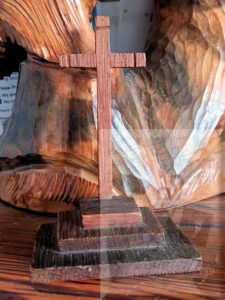A Walk around Sugar Lane – William John Grace
William John Grace had been born on the 10th of January 1856 and nine months later he was taken by his parents, William and Jane to St Mary’s Church, Wakefield to be bapt.ised. The family more than likely walked from their home in Thornes Lane for the happy occasion.
In 1861 the four year old John was living with his parents and two younger brothers on Holliday Row; His father, William was employed as an engineer in one of the local worsted mills. By the time of the next census, 1871, William’s father had died and Jane, now a shopkeeper was the head of the family. The 1881 census came and went and Jane now had no occupation listed but John William was a mechanic. His brother Henry was a postman, while his youngest brother James was a telegraph clerk working for the Great Northern Railway.
In 1887 life changed for John William, as aged 30 while living in Sandal, he married Mary Ann Firth (31) in St Michael’s Church. Mary Ann was 31 years old and lived in the Westgate Common area. Both John and Mary signed their name on the church register while a witness, William Firth had to ‘make his mark’. The church register gives the impression that John’s father is still alive as there is no ‘deceased’ written below his name. The newlyweds lived at Belle Vue, moving a couple of times but still in the same vicinity.
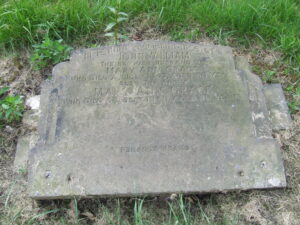
Grace family headstone © C Sklinar 2014
John and Mary went on to have four children, three girls and one boy, all born between 1891 and 18994.
John died in 1907. The 1911 census gives more insight into the couples lives. Having been married for 7 years (which should not have been included on the form and was struck through by the enumerator) Mary had had four children and by 1911 only three were alive. Mary was working as a charwoman. Her children were employed as a stitching machinist, an apprentice stitching machinist and an apprentice fitter at a steam economist works, probably Green’s Economisers and the youngest child aged 11 was still at school. The family lived at 7 Wright Street, Belle Vue, consisting of a cellar, house, bedroom and attic, just above the address where the head of the household signs is the name John Wm Eason, who gave the reason for being there as witness. Mary Jane Grace just ‘made her mark’. Strange, as she did sign her marriage entry in the church register, albeit in a very poor hand.
When it was time for the 1921 census to be handed in, it was a Mr Grace that signed the double-sided sheet – this could have been her only son who had now left home. The three daughters were now all working – the eldest two were boot machinists for James Ledgard and Sons, Alms House Lane, while the youngest girl was a stocking leg knitter for Isaac Briggs and Sons, Gradient Mills, Barnsley Road.
The 1939 Register includes Mary and two of her daughters, still living at 7 Wright Street. The two daughters are now working for the GPO (General Post Office) as office cleaners, but there is a new entry. The new addition is for Harry Grace born in 1924 who works as a messenger boy again for the GPO. Now a question arises. Is Harry the son of one of the daughters? Is he Mary’s grandson from her only son? Is he a nephew? With curiosity rising and the knowledge the answer was only a website away I took a closer look. Harry was the son of James Grace and Gertrude Wootton – so Harry was her grandchild from the only son, James and his wife Gertrude nee Wootton.
Well, that was another short insight into the life of someone named on a headstone. With two names, dates of death and ages enough information was given to start a family tree. And quite quickly three get nerations were found. There were only two sources that took a little time and that was the 1939 Register and the 1921 Census I had to look a few of the images before finding the correct family. In fact it has taken me longer to write this than do the research. Anyway, the research is always much more fun!
‘In faithful remembrance of John William the beloved husband of Mary Ann Grace who died 7th July 1907 aged 50 years also the above Mary Ann Grace who died 5th Sept 1946 aged 80 years. ‘Perfect Peace’.’
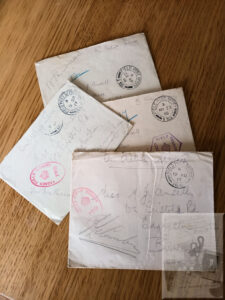
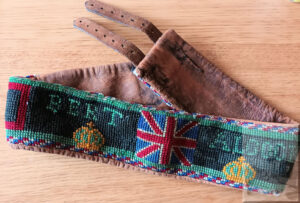
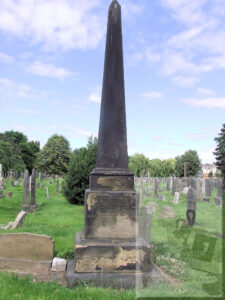 James was a Solicitor and Town Clerk of the Borough of Wakefield who died on the 22nd of April 1867, according to his headstone. The headstone is three rather solid squares of stone set on a solid base with a splendid four-cornered spire. It looks quite impressive as most of the headstones around are of a more standard size and shape.
James was a Solicitor and Town Clerk of the Borough of Wakefield who died on the 22nd of April 1867, according to his headstone. The headstone is three rather solid squares of stone set on a solid base with a splendid four-cornered spire. It looks quite impressive as most of the headstones around are of a more standard size and shape.
